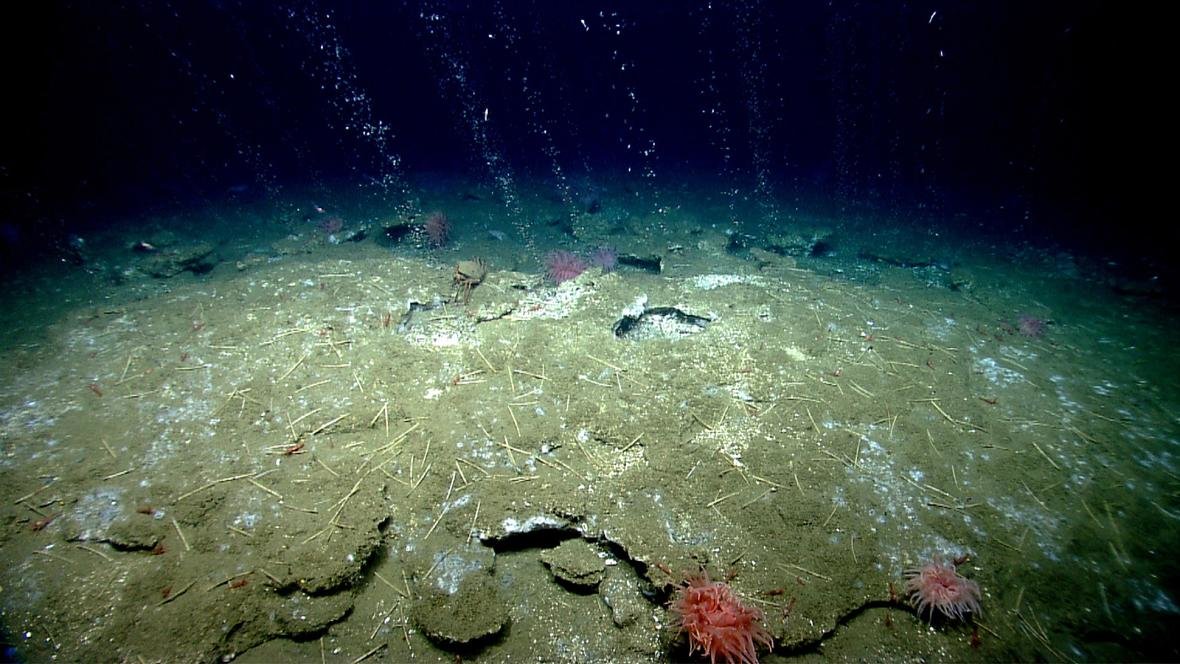
© NOAA Okeanos ExplorerMethane gas bubbling up out of cold seeps on the Atlantic Ocean floor offshore Virginia.
From British Columbia to Northern California, planet Earth's got a case of the toots. A recent deep ocean mapping survey has learned that a geologically-active strip of seafloor called the
Cascadia Subduction Zone is bubbling methane like mad. It could be one of the most active methane seeps on the planet."It's like bottles of champagne all along the seafloor," said Jesse Ausubel, an organiser for the 2016 National Ocean Exploration Forum, where
the gaseous discovery, along with other intriguing finds from recent deep ocean surveys, is being presented this week.
For years, scientists have been aware that methane, an odourless, colourless gas produced naturally during microbial digestion (and more famously, by
farting cows) bubbles up from the seafloor where the conditions are right. Recent
scientific surveys have discovered
hundreds of methane seeps along the Atlantic continental margin, and it's believed there could be thousands more across the world.
Understanding these seeps — where and when they occur, and what controls their activity — is a hot topic in Earth science research today, given that methane is a potent greenhouse gas. In fact, many scientists worry that by warming the oceans, climate change is speeding up the very processes that produce methane, in addition to
melting icy methane hydrates that accumulate on the seafloor. In theory, this could lead to an enormous release of heat-trapping gases to the atmosphere.
